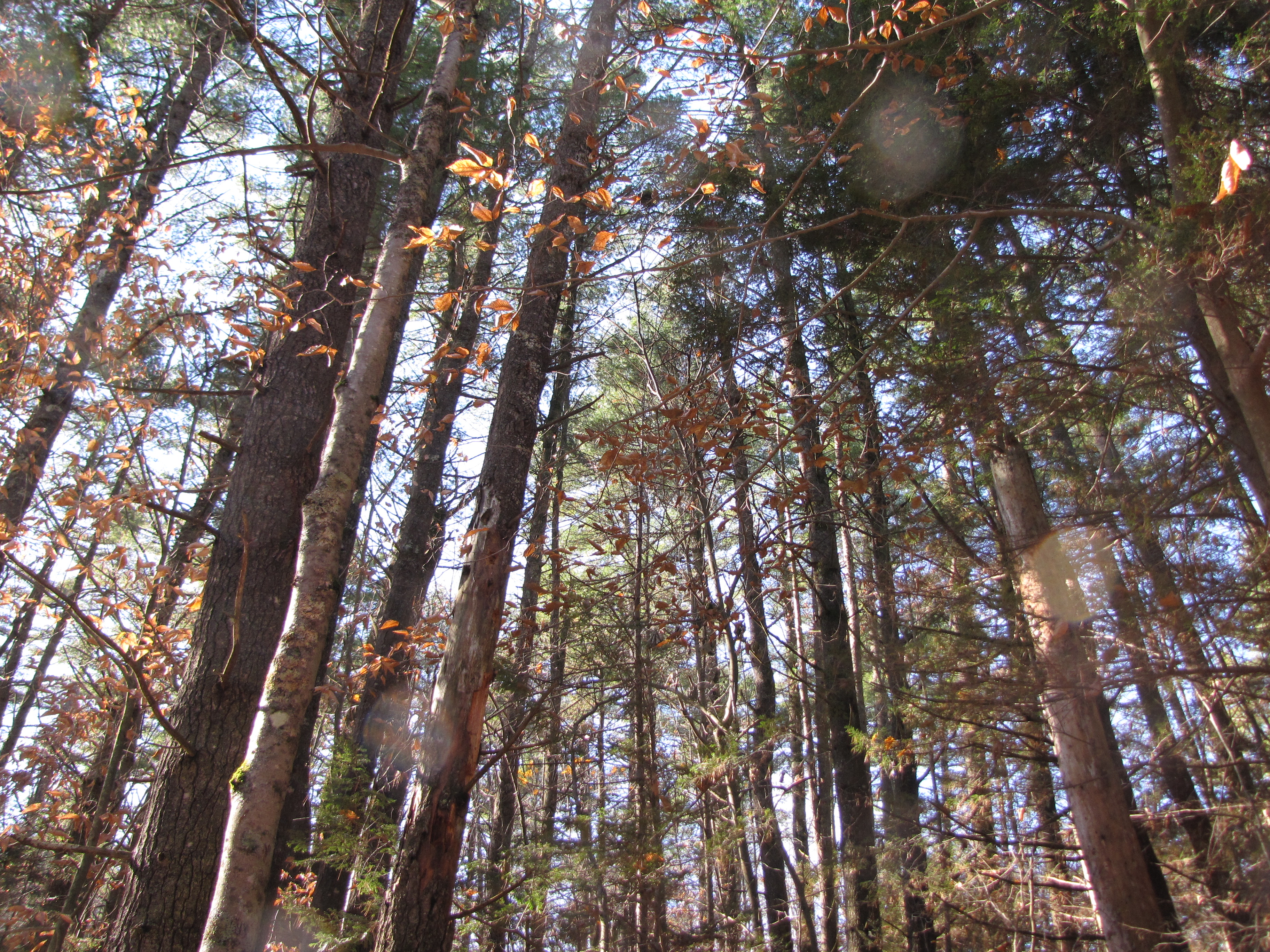December 14, 2009 at 1:51 pm
 This fall and winter, I've been visiting great blue heron colonies that I didn't have time to visit this past summer. During these visits, I usually make sure the original GPS coordinate is correct; take notes on the habitat and best way to approach the site; and count all nests that are still intact.
This is a great time of year to do this because there's no disturbance to the nesting birds; the nests are easily visible since the deciduous trees have lost their leaves; there are no biting insects to make for an unpleasant outing; and frozen ground aids our travel.
This fall and winter, I've been visiting great blue heron colonies that I didn't have time to visit this past summer. During these visits, I usually make sure the original GPS coordinate is correct; take notes on the habitat and best way to approach the site; and count all nests that are still intact.
This is a great time of year to do this because there's no disturbance to the nesting birds; the nests are easily visible since the deciduous trees have lost their leaves; there are no biting insects to make for an unpleasant outing; and frozen ground aids our travel.
 The photo above shows one of the more common habitat settings for great blue heron colonies in inland Maine: a beaver-impounded wetland with snags that serve as the nest trees. Many of the state's largest colonies (in terms of # pairs per colony) are found in upland sites in live trees. Nests that are located in snags in the middle of a beaver flowage are very easy to see. Whereas, colony sites with nests in the tops of large white pines, can be a bit trickier to locate. These sites are also more challenging to obtain an accurate nest count. The photo at the left was taken by me looking up into the canopy at a nest (see that small dark brown blob there?).
Visiting colonies in fall and winter is not as magical as during the breeding season, but it is a safe way to obtain some simple data without disturbing the birds.
The photo above shows one of the more common habitat settings for great blue heron colonies in inland Maine: a beaver-impounded wetland with snags that serve as the nest trees. Many of the state's largest colonies (in terms of # pairs per colony) are found in upland sites in live trees. Nests that are located in snags in the middle of a beaver flowage are very easy to see. Whereas, colony sites with nests in the tops of large white pines, can be a bit trickier to locate. These sites are also more challenging to obtain an accurate nest count. The photo at the left was taken by me looking up into the canopy at a nest (see that small dark brown blob there?).
Visiting colonies in fall and winter is not as magical as during the breeding season, but it is a safe way to obtain some simple data without disturbing the birds.Categories